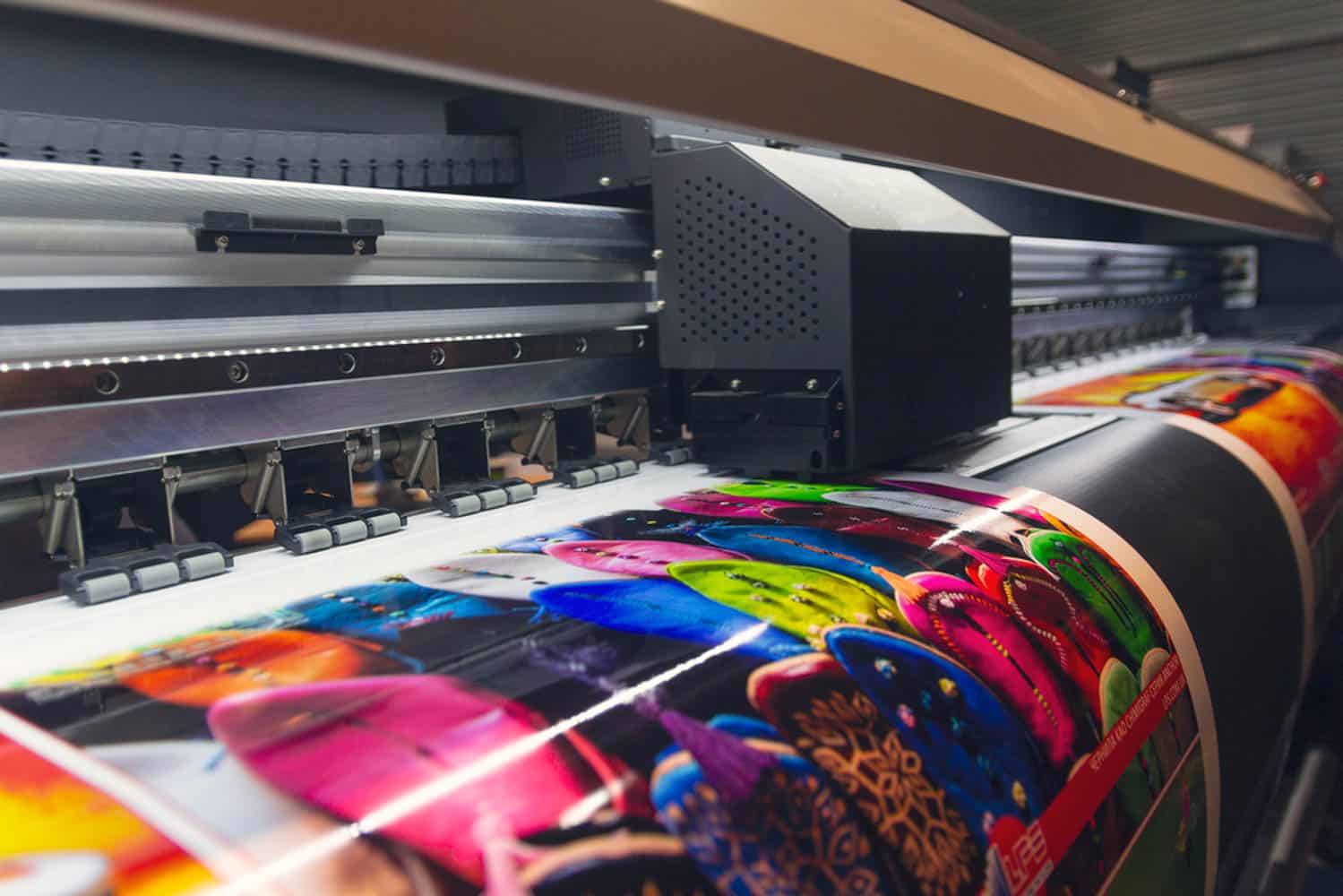Comprehending Just How Digital Printing Revolutionizes the Printing Market
The printing market, long soaked in standard techniques, is undertaking an extreme improvement with the development of electronic printing. With its potential to stimulate engagement with individualized web content and to supply lasting remedies, it's clear that electronic printing is even more than a technological development; it's an essential game changer.
The Development of Digital Printing: A Brief Overview
Considering that its beginning, electronic printing has actually undertaken considerable transformations, continually changing the printing sector. With the introduction of the 90s, electronic printing innovation began to mature, and the sector experienced the introduction of direct imaging presses, which removed the need for printing plates. As the brand-new millennium unfolded, innovations in innovation better spurred the development of digital printing, leading to the production of high-speed inkjet printers.

Unboxing the Technology Behind Digital Printing
Digging right into the complexities of electronic printing technology, one experiences an abundant tapestry of advanced machinery and complicated formulas. At the heart of this procedure lies a digital picture, which is refined by software that divides it into a grid of dots. This complex system, bolstered by advanced software application and high-resolution imaging, has actually changed the landscape of the printing sector, paving the way for unmatched degrees of information and precision.

The Advantages of Digital Printing for Businesses
Recognizing the technology behind electronic printing offers a clear photo of its precision and information. For businesses, this equates into various benefits. First of all, electronic printing offers unmatched rate, allowing companies to meet limited target dates without jeopardizing on top quality. Next, it decreases prices as there are no plates or physical setup, making it best for small-volume printing jobs. This innovation supplies superior consistency with each print result, getting rid of variants usually seen in conventional techniques. Digital printing is environmentally friendly, utilizing less ink and producing less waste. The complete capacity of digital printing is realized when used for customization and customization, a subject that will certainly be covered in deepness in the next section.
The Role of Digital Printing in Customization and Personalization
While typical printing approaches struggle with modification and personalization, digital printing succeeds in these locations. It permits for the simple change of layouts, without the requirement look here for expensive and time-consuming plate modifications (print on demand). This allows businesses to tailor products to specific clients, meeting specific requirements and enhancing customer fulfillment
Digital printing additionally enables variable information printing, where elements such as message, graphics, and images may be transformed from one printed piece to the following, without decreasing the printing procedure. This is especially beneficial for direct advertising campaigns, where individualized messaging can dramatically boost feedback prices. This way, electronic printing not just changes the printing market however likewise transforms the means organizations interact with their customers.
Analysing the Environmental Effect of Digital Printing
Although digital printing has actually been admired for its duty in personalization and personalization, redirected here it is important to analyze its environmental influence. Digital printing can be less wasteful than standard techniques, since it operates a 'print as needed' basis, getting rid of the requirement for huge print Clicking Here runs that can lead to surplus and waste. Additionally, it makes use of fewer chemicals and produces much less volatile organic substances (VOCs) compared to counter printing. However, the power usage of electronic printers can be high, resulting in increased carbon impact. The usage of non-recyclable printing parts and the challenge of e-waste administration present considerable environmental problems. While electronic printing has several benefits, its ecological effect should be conscientiously managed.
Final thought
Finally, digital printing has actually transformed the printing market, providing quick, affordable, and high-grade solutions. It assists in modification, enhancing customer involvement, and employs a lasting print-on-demand design. As this technology remains to advance, its effect on business interaction, customer satisfaction, and ecological sustainability ends up being progressively extensive. Recognizing these modifications is crucial for companies to leverage the advantages of digital printing efficiently.